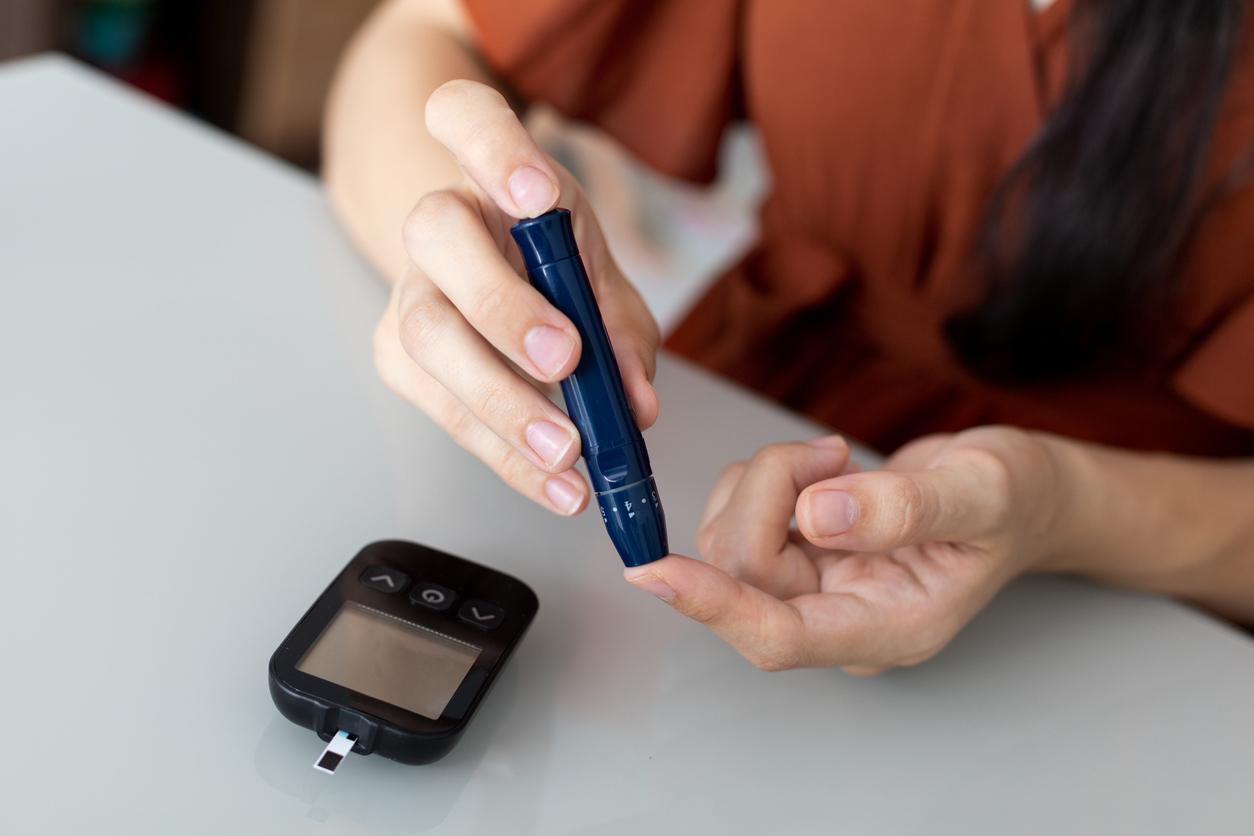When a pregnant woman is affected by gestational diabetes, the risk of her husband developing diabetes would be 33%. Gestational diabetes may be a precursor to the disease and a “screen” for diabetes in men.
Previous studies had already shown that weight gain and physical activity were similar in women and men of the same couple. Researchers at the Research Institute of the McGill University Health Center (Canada) conducted a study to understand whether type 2 diabetes in fathers could be linked to gestational diabetes in mothers. They analyzed the medical data between 1990 and 2007 of pregnant women and their husbands.
They calculated the number of men with type 2 diabetes after giving birth to their wives. In total, nearly 70,890 new dads were evaluated between 1990 and 2007, half of whom had a spouse with gestational diabetes.
“We found that the risk of having diabetes was 33% higher in men whose wives had gestational diabetes than among those whose wives did not,” says Dr. Kaberi Dasgupta, lead author of study, endocrinologist at the MUHC and associate professor of medicine at McGill University. This is the first study to link gestational diabetes in mothers to the incidence of diabetes in fathers. “
“Based on our analysis, couples share the risk in part because of a shared social and cultural environment, which can contribute to their behaviors and attitudes towards their health,” explains Dr. Dasgupta. “This observation corroborates the findings of our previous study on diabetes in spouses, which found that a household may share poor eating habits and little physical activity. We will need to do more studies, but gestational diabetes could be used as an indicator to improve the detection and prevention of diabetes in fathers. “
Diabetes in numbers
There are two types of diabetes. Type 1 diabetes due to a lack of insulin secretion by the pancreas. It affects about 10% of diabetics and mainly affects young people.
Type 2 diabetes is caused by the improper use of insulin by the body’s cells. It is much more common and represents 90% of diabetes. In France, it affects around 3 million people, or 4.7% of the population. Figures that increase every year due to bad eating habits and an increasingly sedentary daily life.
Read also:
Pregnancy without diabetes is possible
Sodas are believed to be responsible for the onset of type 2 diabetes
Type 2 diabetes: a sneaky disease

















